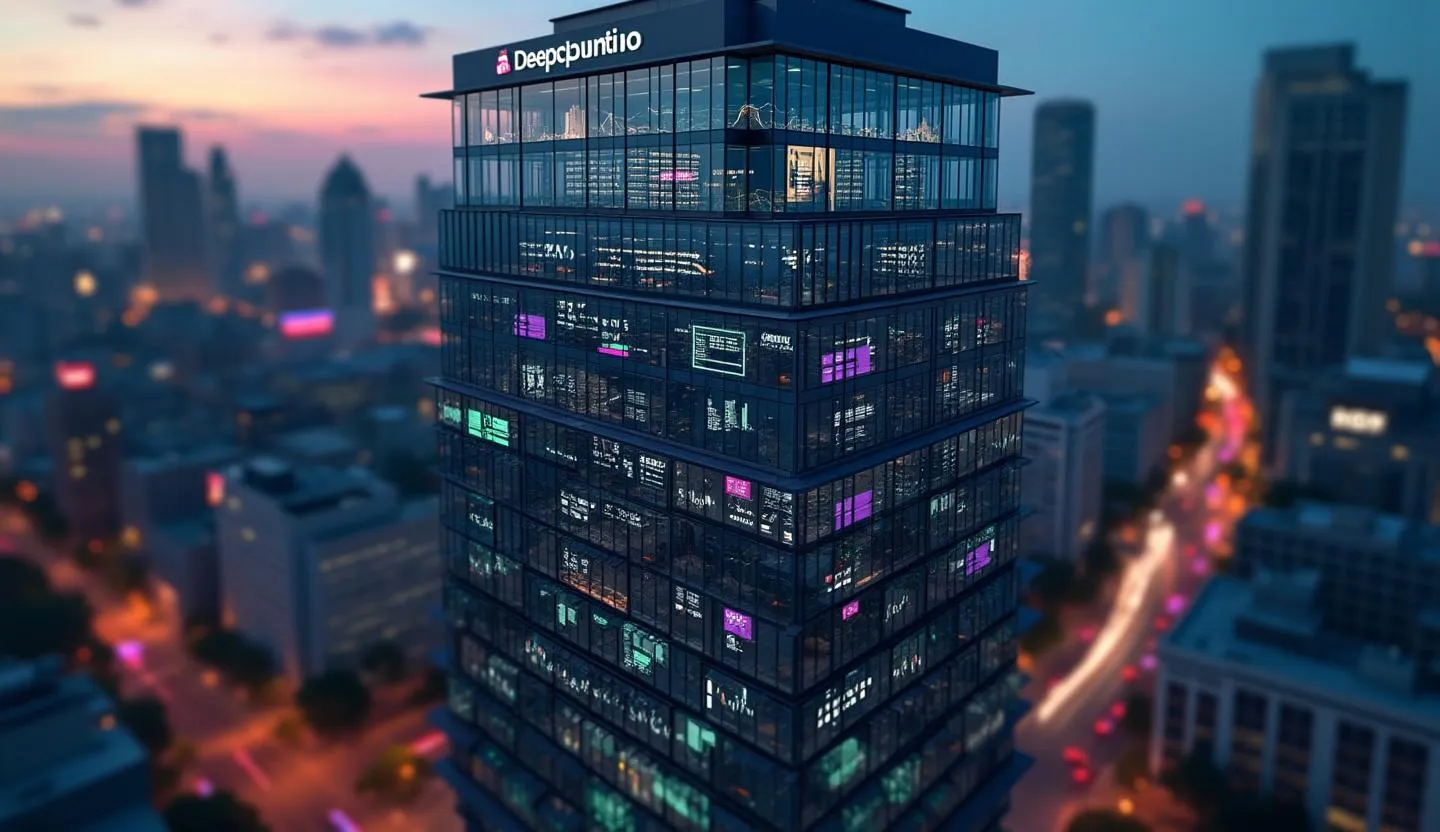Analyst Downgrade Signals Cautious Outlook Amid Recent Outperformance
Cadre Holdings (CDRE), a global leader in manufacturing and distributing safety equipment for law enforcement, first responders, military, and nuclear markets, has been flagged for increased investor scrutiny. Bank of America Securities (BofA), one of Wall Street’s largest and most influential analyst teams, downgraded Cadre from "Neutral" to "Underperform" and set a new price target of $26 per share. With shares trading recently around $28.72, this marks a notable shift in sentiment that could signal potential downside risk for current investors. Analyst actions like this are critical in the small- and mid-cap industrial sector, where institutional opinion is often a key driver of price discovery and liquidity.
Key Takeaways
Downside Risk: BofA’s new $26 price target implies a downside risk of roughly 9.5% from current levels.
Stock Price Pressure: Shares have dipped 2.46% in early trading following the downgrade, continuing a trend that has seen the stock fall over 3% in the last month.
Strong Recent Results: Cadre posted Q2 results that beat both earnings and revenue estimates, yet analyst caution now overshadows recent operational momentum.
Expert Downgrade: The move comes from BofA Securities, a top-tier institutional research house renowned for its thorough sector diligence and influence on market sentiment.
BofA Securities’ Downgrade: Not Just Noise
The Analyst’s Weight: Why This Downgrade Matters
BofA Securities is not a boutique shop or a marginal player—its coverage is widely followed by institutional asset managers and hedge funds. A shift to "Underperform" suggests deep sector-level concerns or idiosyncratic risk factors that may not yet be fully reflected in consensus numbers. BofA’s industrials team is known for rigorous field checks and supply chain channel analysis, which lends extra gravity to their change in stance. This downgrade, especially after robust Q2 results, is a strong indicator of shifting risk/reward calculus.
Cadre’s Business Model and Sector Context
Cadre Holdings operates in the highly specialized and regulated safety equipment segment, supplying body armor, protective gear, and other life-saving products to a blue-chip roster of government and private sector clients. The sector is known for long sales cycles, procurement volatility tied to government budgets, and high barriers to entry due to certification requirements. After years of steady growth, the company’s recent financials show strong execution, but the downgrade hints at caution about future margin sustainability or order flows.
Recent Financial Performance: Strong, but Headwinds Loom?
Q2 2025: By the Numbers
Net Sales Q2: $157.1 million
Six-Month Sales: $287.2 million
Q2 EPS: $0.30 (beat estimates by $0.05)
Year-over-Year EPS: Slightly down from $0.31 per share
Gross Margin: Not explicitly disclosed, but implied stability in the press release
The company’s second quarter was highlighted by a significant revenue beat and resilient bottom-line performance. According to Business Wire, management cited strong order momentum and operational discipline as key drivers.
"We delivered another quarter of solid growth and margin performance, reflecting the strength of our end markets and the dedication of our team." — Cadre, Q2 Earnings Call (Seeking Alpha)
Despite these positives, BofA’s downgrade indicates concerns may center on forward visibility, possible deceleration in key contract wins, or the sustainability of recent margins as cost pressures linger.
Market Performance: Momentum Waning
Stock Trajectory
Current Price: $28.72 (down 2.46% in early trading)
30-Day Performance: -3.3%
12-Month Range: Low of $27.07 (April 2025) to High of $40.28 (October 2024)
Recent RSI: 35.4 (approaching oversold territory)
Average Daily Volume: 26,930 shares (modest liquidity)
The stock has tracked lower since peaking last fall, with recent technicals indicating rising selling pressure. The RSI suggests that while the stock is not yet deeply oversold, momentum is weak. Sentiment has been roughly balanced this year (127 up days vs. 120 down), but the last few weeks have skewed negative, reflecting growing uncertainty.
Downside Risk: What BofA’s Target Implies
With the new $26 price target, BofA is calling for a further 9.5% downside from current levels. In the context of a stock already sliding from its 52-week highs, this is a meaningful warning. If realized, this would send shares to levels not seen since the early spring, erasing the gains made on the back of recent earnings beats.
How Should Investors Interpret This?
The downgrade signals that institutional investors should not chase the recent bounce on strong earnings alone.
With government procurement cycles unpredictable and margin pressures mounting, downside scenarios now warrant more attention.
Watch for additional analyst revisions and management commentary at upcoming investor events for any signs of fundamental deterioration or renewed order strength.
Recent News: Outperformance Collides with Caution
Cadre Holdings, Inc. (CDRE) Surpasses Q2 Earnings and Revenue Estimates — Positive headline, but market reaction has been muted.
Cadre Holdings Reports Second Quarter 2025 Financial Results — Management emphasizes “solid growth and margin performance.”
Q2 2025 Earnings Call Transcript — Management remains upbeat, but doesn’t address analyst concerns about the forward outlook.
Technicals and Sentiment: Red Flags or Opportunity?
VWAP (1-year): $33.75 — shares now trade at a meaningful discount.
EMA (20-day): $31.46 — stock remains below key short-term averages.
Bollinger Bands: Price is hugging the lower band, indicating heightened volatility and risk of further downside.
Sentiment Ratio: 51.4% up days, but recent trading is negative.
Conclusion: Be Wary as Institutional Sentiment Shifts
Cadre Holdings remains a best-in-class operator in the safety equipment niche, with recent financials proving the business model’s resilience. However, BofA Securities’ downgrade to "Underperform" suggests the risk/reward profile has shifted meaningfully for the worse. With a new price target implying nearly 10% further downside, investors would be prudent to monitor procurement trends, margin dynamics, and additional analyst commentary closely. This is a classic case where strong recent results are overshadowed by forward-looking uncertainty—a setup where discipline and risk management will matter most for investors.

.svg)
.svg)
.svg)
.svg)

.svg)

.svg)
















